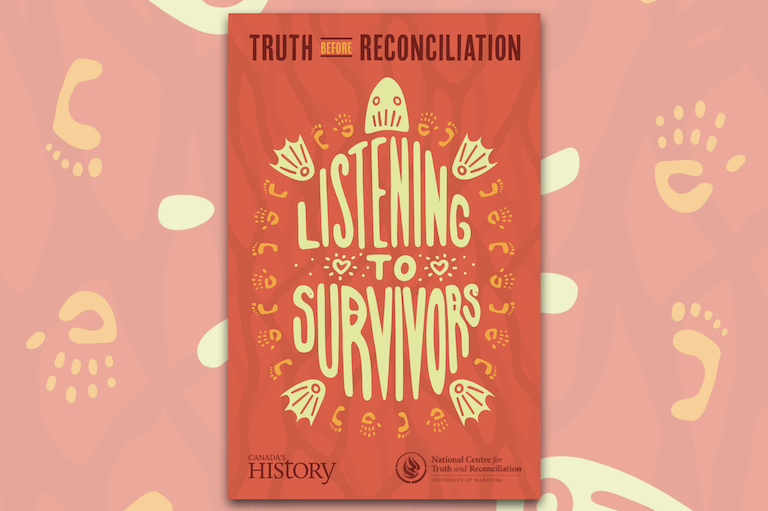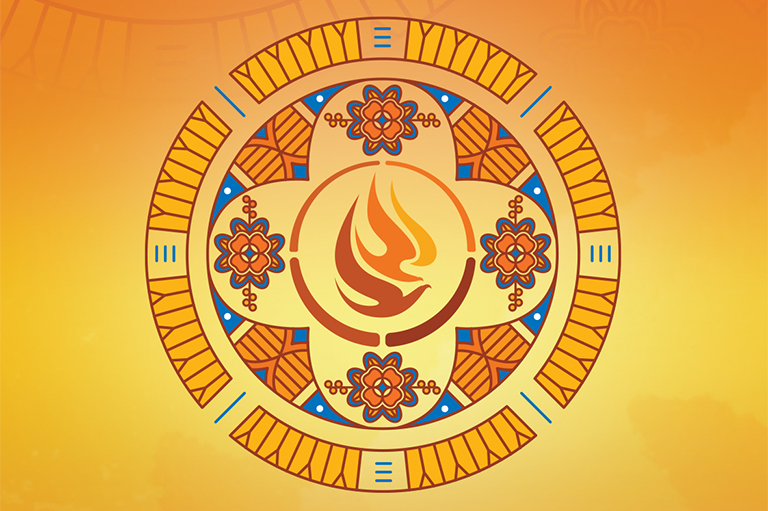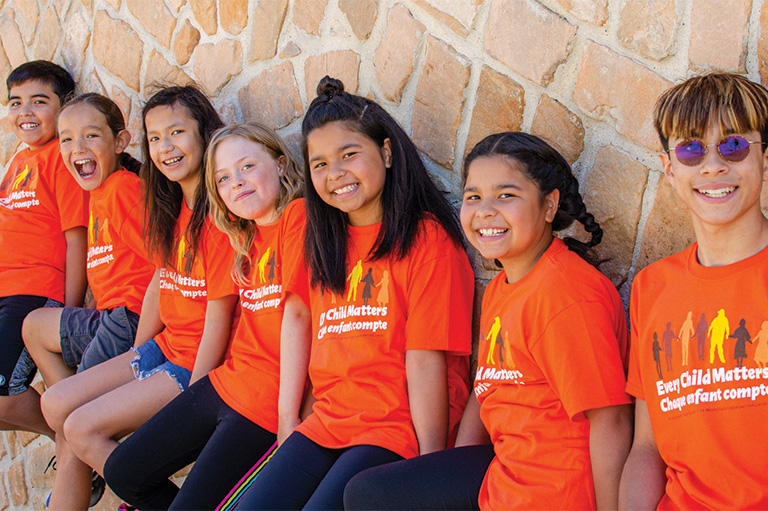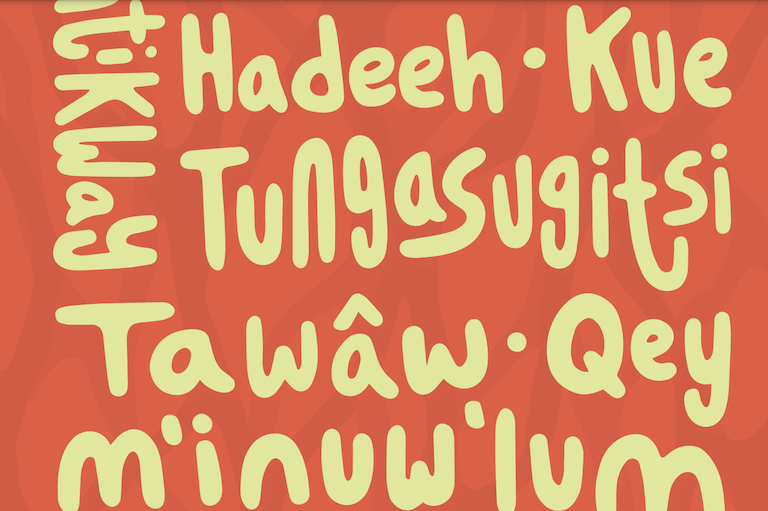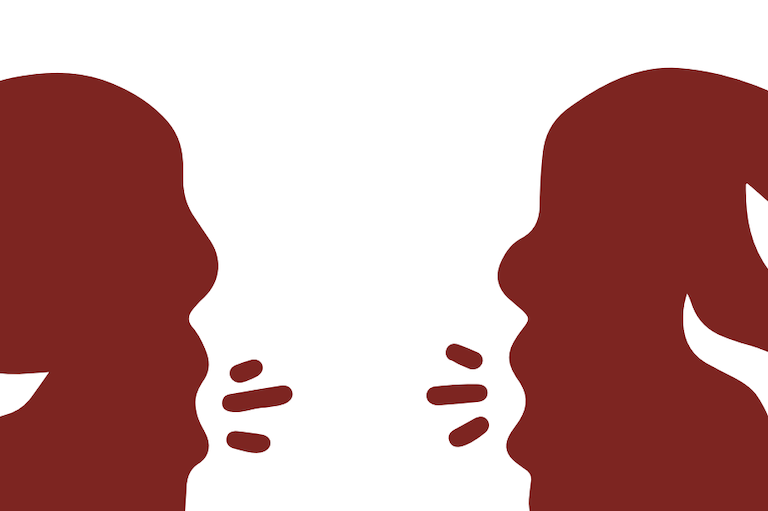Indigenous Law and Legal Orders Edu Package
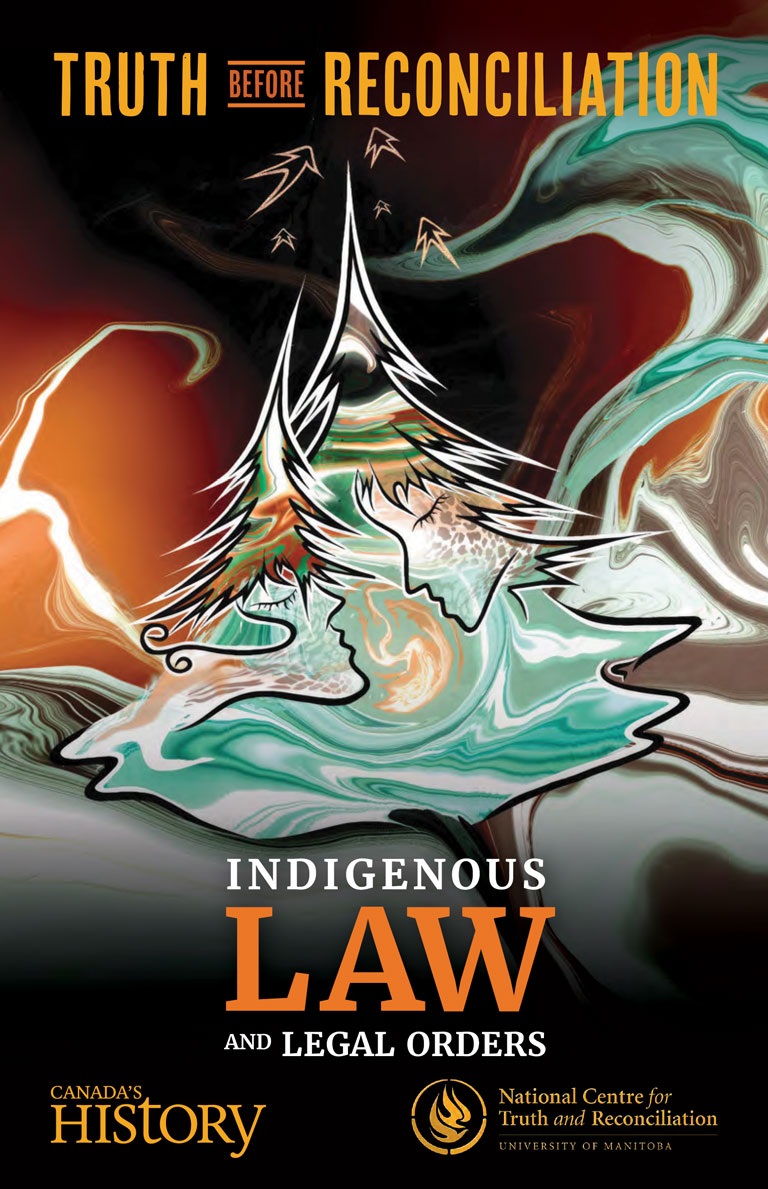
For many Canadians, the law is something stern, even forbidding — a source of what we can’t do or how we’ll be punished if we break the rules. Indigenous law, by contrast, is about how we live well together, and how we care for each other as well as for the land, water, air and all living creatures. Truth Before Reconciliation: Indigenous Law and Legal Orders offers students a whole new way of thinking about these issues, one that has served Indigenous Peoples in this territory since time immemorial. Using easy-to-understand language and concepts, the publication draws on a wide range of Indigenous knowledge and scholarship, offering stories to learn from and ideas to ponder.
The content was written and researched by the Next Steps: Rebuilding Indigenous Legal Orders team at the University of Victoria, led by renowned legal scholar Val Napoleon, and edited by Ry Moran, founding director of the National Centre for Truth and Reconciliation, with stunning original illustrations by Mi’kmaw artist CeilidhPitaw.
Young readers will be challenged to reflect on what Indigenous law and legal orders have to offer us now and in the future if we are to live together in a good way.
EDUCATOR'S GUIDE

We invite you to download the digital magazine and corresponding educator's guide. The publication and accompanying activities, taken together, invite teachers and students to explore how Indigenous law and legal orders can help us solve problems, strengthen relationships, and consider how we live together and care for one another.
On behalf of Canada’s National History Society with the National Centre for Truth and Reconciliation, thank you to all teachers who are taking on this important work of advancing reconciliation every day in their classrooms and their communities.
LESSON PLANS
EARLIER ISSUES AND EDUCATIONAL MATERIALS
For more lesson plans and educational resources visit the National Centre for Truth and Reconciliation.
Advertisement
This publication was made possible with generous support from:





